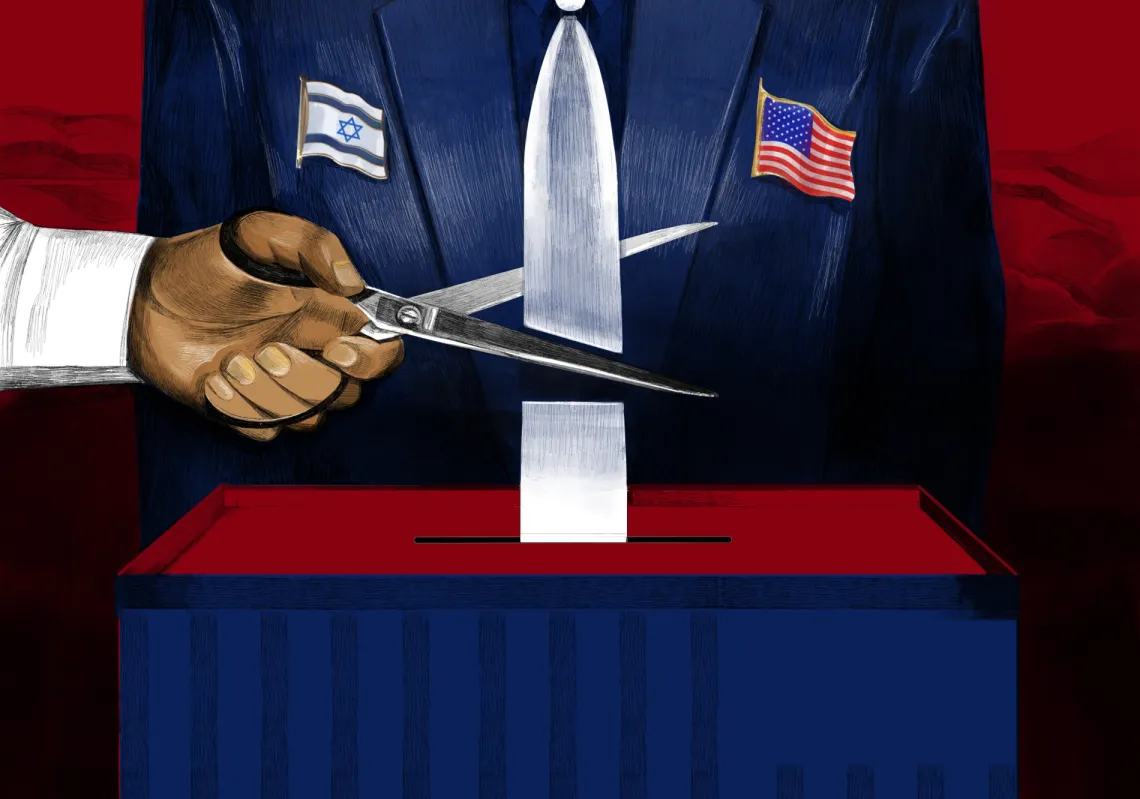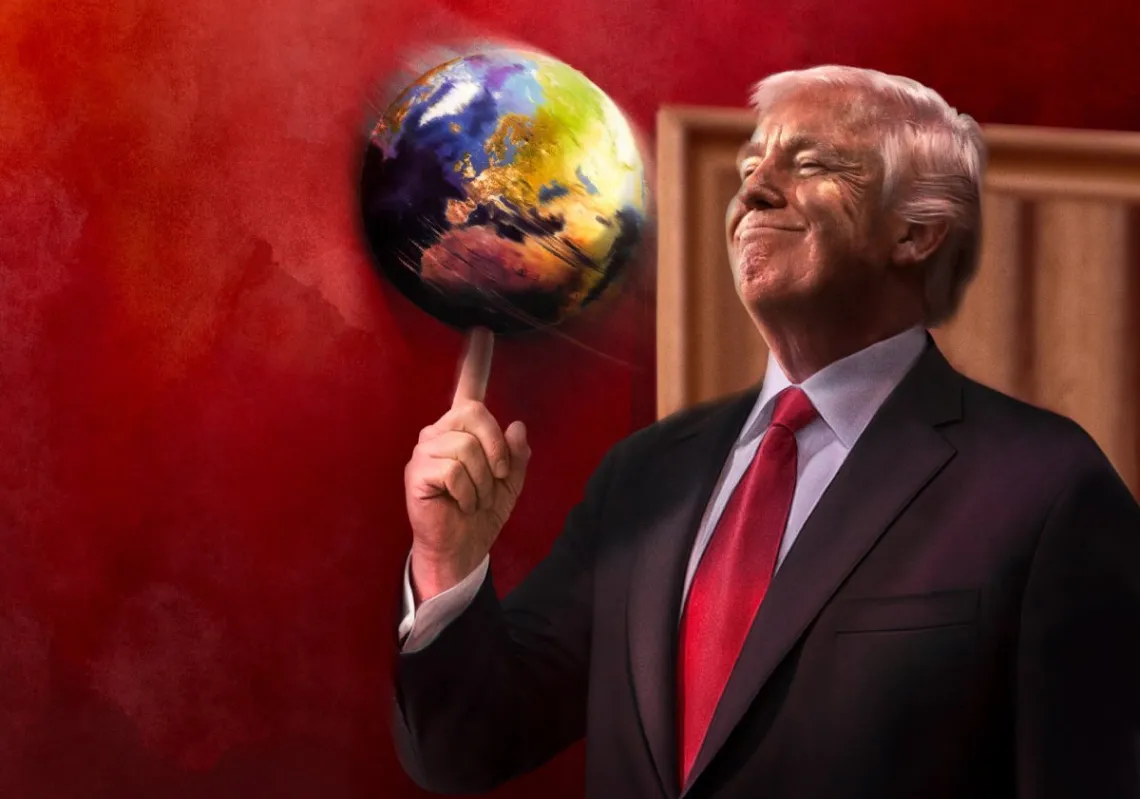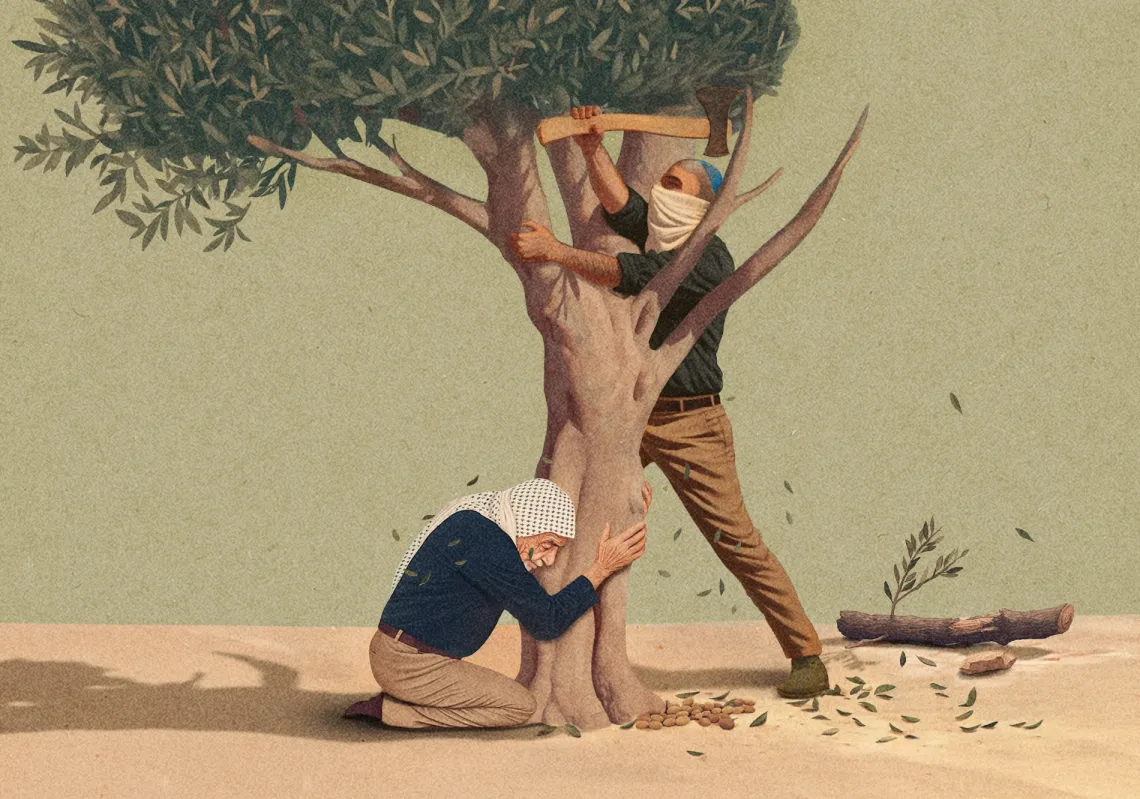I have never been to Gaza. I have only seen Gaza in my imagination and through pictures and artistic representations. Since 7 October, the word “Gaza” has evoked different emotions — from dignity to suffering — but like any other place in the world, Gaza cannot be reduced to one essence.
Like any other place in the world, Gaza has multiple identities and facets. While the international media’s representation of Gaza is generally focused on aspects connected with conflict, it is important not to overlook the role of art in offering a more nuanced image of the place and, therefore, a more nuanced understanding of, appreciation for, and human connection to Gaza.
The war that began on 7 October amplified the image of Gaza as a place of destitution, with the global media saturated with footage of large-scale destruction. What the world came to see is masses of rubble and unspeakable human suffering.

What the world rarely got to see was how Gaza was before the destruction. As with many other places in the Middle East, the international news media only occasionally give space to stories that showcase Gaza outside of times of heightened conflict.
With huge parts of Gaza destroyed beyond recognition by Israeli bombing, it is important to pause and reflect on Gaza as a place like any other.
For all the concentrated suffering that Gaza has been subjected to since the war began, and despite the prolonged Israeli occupation, the many bouts of fighting over the years, and the curbs on movement imposed by Israel on Gaza’s residents, Gaza is also a place like any other.
It is a place where people have ordinary lives. They work, they rest, they dream. They express sadness, they express joy. They get lonely. Even if they live in one of the most crowded spaces in the world. The image of Gaza that often dominates the media is one where the ordinariness of life is missing.
While not detracting from Gaza’s pained history, recognising the ordinariness of Gaza is a reminder that, like any other place, it is a site of shared human experience. The same experience that people all over the world have.















